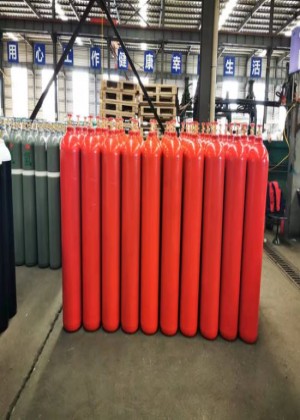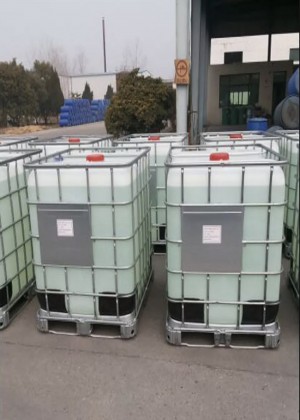
Horseshoe Crab Blood
Horseshoe Crab Blood Is Quite Fascinating And Valuable In Medical And Scientific Fields Due To Its Unique Properties. Here's A Brief Overview:
-
Blood Color And Composition: The Blood Of Horseshoe Crabs Is Blue Due To Its High Concentration Of Copper-based Hemocyanin, Which Is Used For Oxygen Transport, Similar To Hemoglobin In Vertebrates.
-
LAL Test: The Primary Reason Horseshoe Crab Blood Is Valuable Is Because Of Its Sensitivity To Bacterial Endotoxins. The Limulus Amebocyte Lysate (LAL) Test, Derived From Horseshoe Crab Blood, Is Used Worldwide To Test For Endotoxins In Pharmaceuticals, Medical Devices, And Even Drinking Water. This Test Is Crucial For Ensuring That These Products Are Safe For Human Use.
-
Harvesting And Conservation: To Obtain The Blood, Horseshoe Crabs Are Captured And Bled, After Which They Are Typically Released Back Into The Wild. However, This Process Can Stress The Crabs And Has Raised Concerns About Sustainability And Conservation.
-
Medical Applications: Beyond The LAL Test, Horseshoe Crab Blood Components Are Being Researched For Potential Applications In Cancer Treatment, Vision Research (due To Their Compound Eyes), And Even As Antimicrobial Agents.
-
Conservation Efforts: Due To Concerns Over Their Declining Populations, Efforts Are Underway To Find Synthetic Alternatives To The LAL Test And To Promote The Conservation Of Horseshoe Crabs In Their Natural Habitats.




